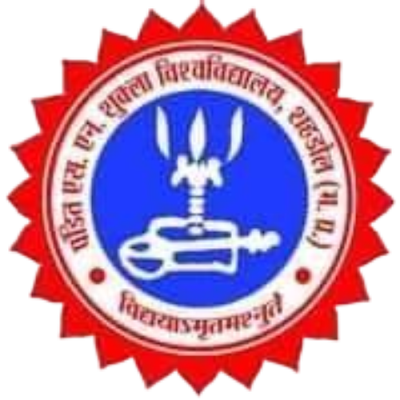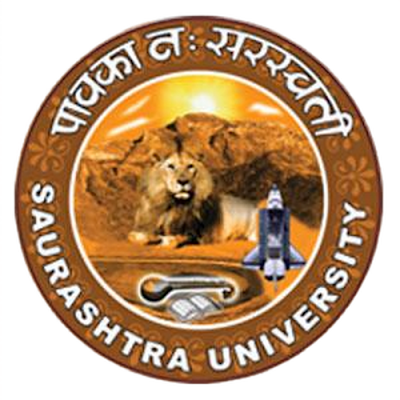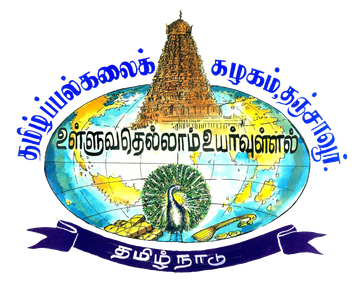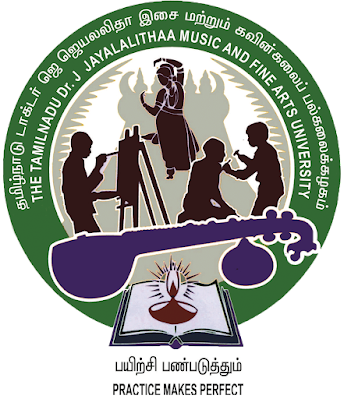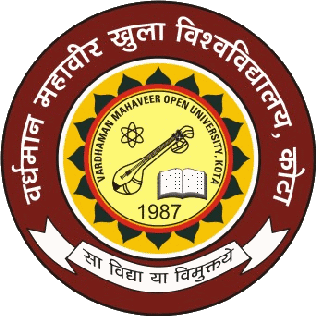CRAFT REVIVAL TRUST

CRAFT REVIVAL TRUST The reddish brown pictorial emblem of Craft Revival Trust (CRT) has a tree bearing veena, a lotus, a globe, a pen, a star, a computer, an open book, an eye and a glowing sun. All these motifs refer to the preservation, nourishment, innovation, globalisation and promotion of arts and crafts. Below the pictorial, the name of the Trust is written. The reddish brown colour signifies the earthiness, simplicity, stability, humility, warmth, reliability, endurance, timelessness and tradition.
